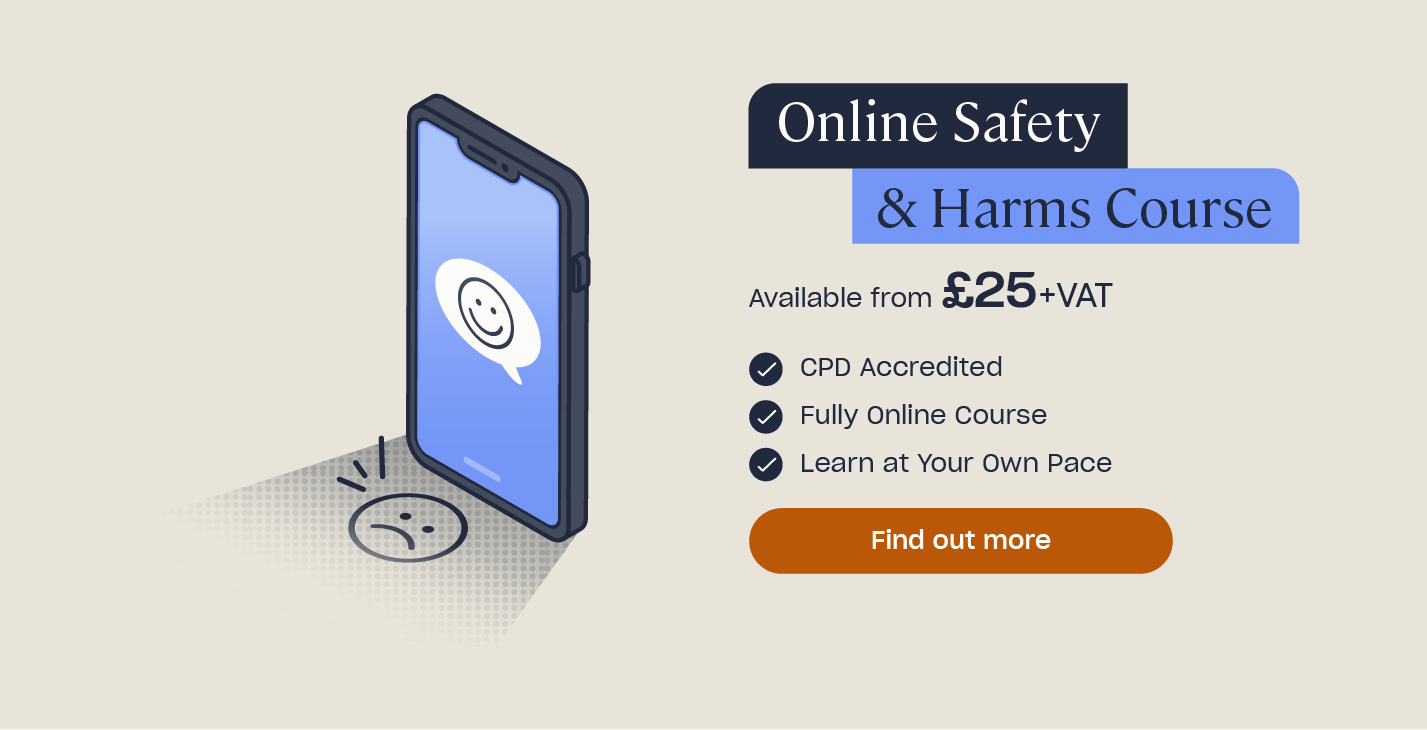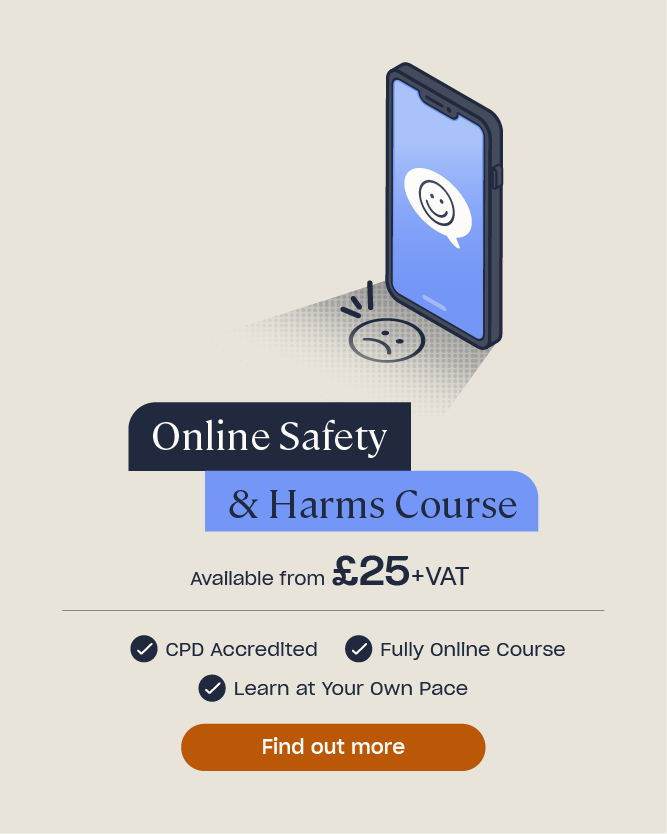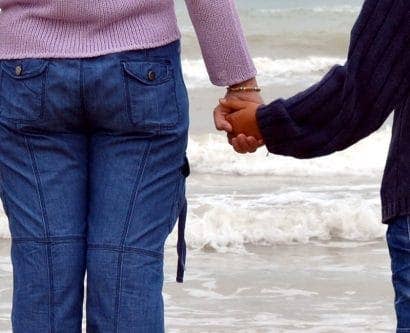What Parents Need to Know About TikTok
With over 1.6 billion active users, TikTok has firmly cemented itself as one of the most popular social media platforms of all time. TikTok is the leading video streaming app in the world and since its launch it has only grown in popularity and accessibility. From dance crazes to avant garde recipes, trending audios to multi-part story times, TikTok has documented our lives like no other. However, despite its unparalleled popularity, TikTok, like all social media platforms, presents unique risks to children and teens.
For those responsible for safeguarding children and teens, this can evoke concerns about its safety and how best to protect young people whilst still allowing them the freedom to use the app. In this article we will explore what TikTok is and the debate around its suitability for young people. We will also provide guidance on the parental controls available and some safety tips to help you keep your child safe on TikTok.
What is TikTok?
First launched in 2016, TikTok is a short-form video sharing platform where people can share, create and watch videos. Users can browse different content on a personalised feed known as the ‘For You Page’ (FYP). The videos shown to users differ from person to person and are personalised using different algorithms. These algorithms are intended to create an FYP that caters to an individuals’ interests based on previous content that they have engaged with. As with most social media platforms, TikTok users can engage with others, be it friends or strangers, to find new and welcoming online communities. TikTok themselves state their mission is ‘to inspire creativity and bring joy.’
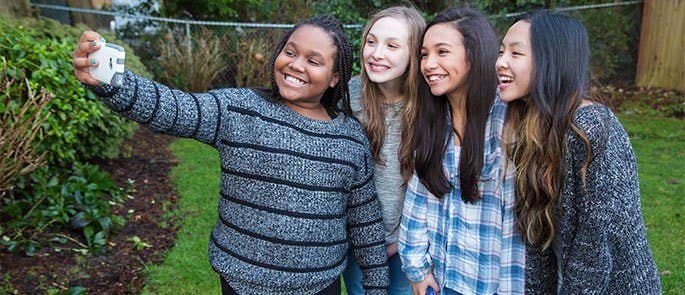
Whilst TikTok is used by an array of different people, it is predominantly used by Gen Z and Gen Alpha. In March 2024 it was found that in the UK alone, 76% of online users aged between 15 – 24 years old regularly engaged with the app, spending approximately 30 hours per month on it. In comparison, users aged 25 – 34 years old spent approximately 17 hours per month on TikTok, highlighting its significant popularity amongst younger people.
Is TikTok Safe for Kids?
As mentioned above, TikTok is incredibly popular amongst young people. An Ofcom report found that TikTok was the third most used platform amongst children, with half of children aged 3 – 17 years using the platform in 2021. Whilst TikTok does have a minimum age requirement of 13, in 2022 Ofcom highlighted the rise of ‘TikTots’, children as young as 5 who were defying age restrictions and/or creating secret profiles without their parents’ knowledge.
Both Gen Z and Gen Alpha are viewed as ‘digital natives’ as, unlike previous generations, they have never known a world without the internet. As such, the internet and by extension social media, has greatly influenced their upbringing and their reliance on technology and mobile devices.
The vast reach of the app, its popularity and the wide variety of content that it provides, can make it difficult for parents and guardians to monitor the online activities of their children. This leads to understandable concerns about the safety and appropriateness of the platform.

However, just like any other social media platform there is the good, the bad and the ugly. It’s important to have an awareness of the pros and cons of the app so that you can make better informed decisions to protect your child, whilst respecting their freedom of expression and autonomy.
The Good:
- Creative outlet – In TikTok’s own words it is intended to inspire creativity. Whether it be lip-synching to trending songs or trying a viral cake recipe, TikTok is a powerful creative outlet for many. The platform allows users to try new things and share their successes and failures with others, fostering a sense of community and encouraging others to use it as a creative playground.
- Informative – Somewhat unexpectedly, TikTok has become a popular source of news for users. Whilst there are valid concerns about misinformation being shared by unqualified individuals, popular news outlets such as BBC, Al Jazeera and The Guardian have TikTok profiles through which they regularly share news about world events.
- Discovery – As a global platform TikTok has the potential to show users new and exciting things that they have never come across before. Exposure to different music, culture and ways of life is easily accessible with TikTok and for some the only opportunity available for them to discover new things.
The Bad:
- Exposure to explicit content – When TikTok first became popular, content predominantly centred around viral dances and lip-synching. This brought with it the risk that young people would be exposed to explicit language that they may adopt into their vocabulary without understanding its meaning or potential cultural/historical gravity. Whilst this is still a prominent concern, the type of content on TikTok has diversified greatly and that brings with it the risk of exposure to more than just explicit words. TikTok doesn’t allow users to search for content with certain hashtags, such as #sex, however explicit content is prevalent on the app and not necessarily difficult to find.
- Screen addiction – Social media by its very nature is designed to be addictive. Short-form content is intended to capture your attention and each view, like and share triggers a dopamine release which keeps you in a cycle of viewing, liking and sharing. TikTok is particularly well catered to this and features such as endless scrolling cause people to unintentionally spend hours at a time scrolling through video after video. In fact, a 2022 Frontiers in Psychology study argued that TikTok was the most addictive platform compared to all other social media platforms.
- Damages self-esteem – Social media often presents a picture perfect, unrealistic version of people’s lives. However, without the knowledge that what they are seeing isn’t real or at the very least has been manipulated to look ‘perfect,’ users can often find themselves comparing against an unrealistic and unattainable ideal. This can lead to a negative self-image and low self-esteem which research suggests further fuels an addiction to social media platforms like TikTok.

The Ugly:
- Grooming – Whilst TikTok profiles for children are automatically set to private, should a young person create a secret account, they can set whatever age they wish and make their account public. This means that anyone can see their videos, access their location information or send them direct messages. This leaves young people vulnerable to grooming as strangers can follow and interact with them under the guise of being someone else or having innocent intentions.
- Cyberbullying – As with all social media platforms there is the risk of your child being subjected to cyberbullying. Cyberbullying is online bullying or harassment that utilises technology often because it affords the bully a level of anonymity. Bullying of any kind can have a catastrophic effect on a child’s mental health and there have been a number of unfortunate incidents in recent years that have highlighted the damaging effect of bullying. Given the prevalence of mobile devices, cyberbullying presents a unique issue in that children often don’t receive any respite from harassment, even when they are not at school or physically near their bully. This, coupled with the popularity of TikTok and frequent use of mobile devices can make cyberbullying feel inescapable.
- Dangerous challenges – A notable part of TikTok’s popularity has been different online challenges. Whilst many of these challenges are fun and light-hearted, others can be harmful and incredibly dangerous and there have been reported incidents of children and young people dying as a result of attempting different online challenges. Online challenges can be dangerous, however the popularity of them on the app and the regularity with which a young person might be seeing them, can normalise the behaviour and minimise the danger in their mind.
Want to Learn More?
Keeping young people safe in a digital age can feel like an impossibility, especially given the prevalence and importance of the internet in their day-to-day lives. Our Online Safety & Harms training course teaches you everything you need to know about the potential online risks and harms children face, providing you with the tools to recognise the signs of harm or abuse and keep the children around you safe.
Does TikTok Have Parental Controls?
In order to help keep children and young people safe on the platform, TikTok provides various parental controls that can help you to monitor your child’s activity and minimise the chances of them seeing age inappropriate content.
Some of the parental controls offered include:
- Default Private Accounts – All accounts for teens under 18 are set to private as a default. This means that only those they follow can interact with their content.
- Screen Time Limit – By default all accounts for teens under 18 have a daily screen limit of 60 minutes.
- Limited Messaging – Accounts for teens under 16 can’t access direct messaging or group chats.
- Family Pairing – Family pairing enables parents and guardians to link their own TikTok accounts to their teens’ and manage certain settings. This feature allows you to set a screen time limit which requires a pin to continue use once the limit has been reached. It also has a restricted mode that enables you to filter the content that appears on your teens FYP by filtering out chosen keywords. Parents and guardians with family pairing can also limit who sends direct messages to their child and limit it to friends only or no one.
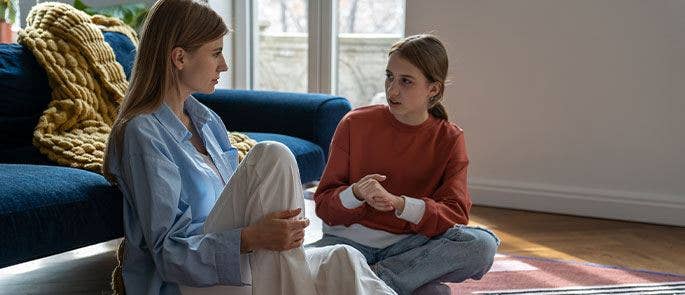
It is undeniably difficult to keep up with new technology and how best to keep your child safe online. However, it is equally important to respect a young person’s autonomy, privacy and right to use TikTok as they wish. Though your intentions may be rooted in protection, making unilateral decisions without involving your child, such as limiting search content without telling them, or disrespecting their privacy, such as reading their messages without their consent, can destroy trust and make it more likely for them to hide things from you.
This might start with them hiding smaller things such as how long they actually spend on the app, but can easily escalate to them not telling you about instances of cyberbullying or grooming. Instead, talk to your child, explain why you are making certain choices and trust that they will make the right decisions or come to you openly and honestly for help if they don’t. This will help to foster a healthy relationship that is rooted in trust and mutual respect.
You can read more about TikTok’s guardian specific safety features here.
TikTok Safety Tips
TikTok, like any other social media platform, comes with certain risks. However, there are many ways to reduce the risks and ensure the safe and fun use of TikTok for your child. Below you will find five top tips to help keep your child safe on TikTok.
- Set up family pairing – As mentioned above, family pairing allows you to have more control over what your child does or doesn’t see and who they engage with. This can help give you the peace of mind that your child won’t, or at the very least is less likely to, see inappropriate content.
- Speak to your child – If your child is unaware of the potential dangers of TikTok they are less likely to follow any rules that you put in place regarding it. The goal here isn’t to scare your child into obedience, but to have an honest and open conversation about the potential risks. By doing this your child is more likely to understand the limits that you may have imposed and, more importantly, to respect them.
- Check in occasionally – Don’t be afraid to check your child’s profile every now and again. This could be to see what content they are posting so as to show your support or to double check that what they are seeing or posting is appropriate. Avoid doing this too frequently though as you may fall into the trap of constantly monitoring your child and them feeling like their every move is being scrutinised.
- Take an interest – Different generations have very different views on TikTok and it is easy for parents to dismiss it as a trivial waste of time. However, if your child is eager to show you the content they have created or the creators that they are engaging with, it’s important to show an interest. Taking an interest keeps an open line of communication and ensures that your child feels as though they can talk to you about the app without you dismissing it as trivial, meaning they are less likely to hide it from you if they have a negative experience.
- Encourage a variety of hobbies – The goal here isn’t to actively discourage your child from using TikTok; the more you do that, the more appealing it will appear to them. However, actively encouraging a variety of hobbies ensures that your child doesn’t spend the majority of their free time on the app. This can help prevent them being subjected to explicit content or cyberbullying as they spend less time on their phones. Moreover, if your child stumbles across a new hobby on TikTok that takes their interest, encourage them to explore it. Allowing them to explore new things and find hobbies outside of TikTok, even if they discovered the hobby on TikTok, will help to ensure they don’t spend too much time on the app.

TikTok has taken the world by storm and has proven to be a social media global phenomenon. Its prevalence and popularity amongst children and young people present unique difficulties, however, careful consideration and open communication can help to greatly reduce the risks that it poses. At its core, TikTok is a creative platform that allows people to come together and share fun, imaginative and unique content. Encouraging your child to remain diligent and cautious enables them to enjoy the app safely.
Further Resources:
- A Guide to Emojis and Texting Abbreviations
- How to Respond to Dangerous Online Challenges: Guidance for Schools
- Online Safety & Harms Course


